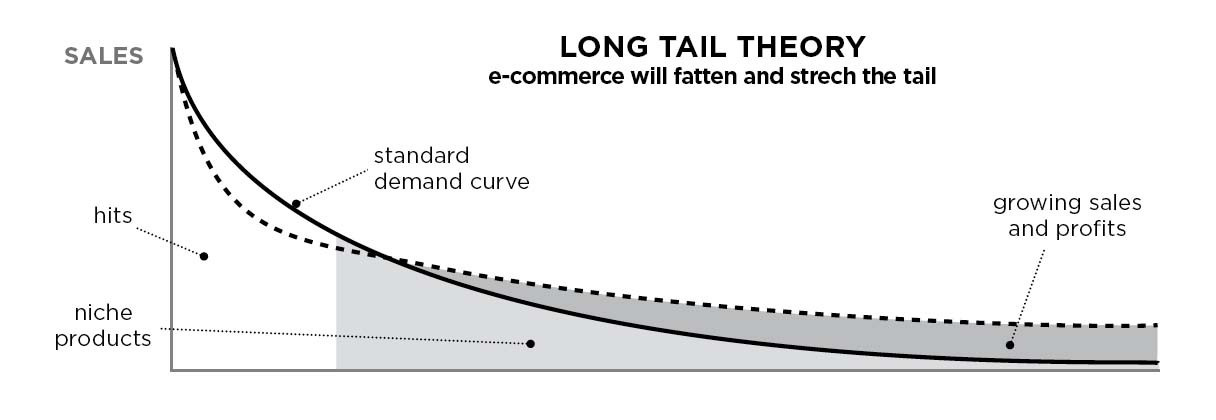#11 Information Asymmetry and Reliance's War on Data
Dynamics of vertical integration by Reliance, strategic advantages of its acquisition of 66% stake in JustDial, lessons from Foursquare, Jio phones, and the bet on hyperlocalisation of commerce.
This will be brief. Just a way to put the sudden brain fart I had into words. As I prepare for my second paper (Master’s in Environmental Law from NLSIU), I got a text on Whatsapp with a clever tweet from Aviral Bhatnagar:
I like this tweet for its sheer accuracy. Reliance buying a 66.5% stake in JustDial is one step in the right direction for the global conglomerate. I am no judge to whether Reliance got a sweet deal, but it makes perfect sense from a strategic standpoint.
The JustDial Advantage
I like the cliche of “Data is the new oil”, partly also because of the fact that cliche’s work, and that it is absolutely true in essence (try predicting the price of oil, however, it does drive economies across the world).
Besides the brand equity it built over the years as one of the earliest digital platforms in India for the local market ecosystem, the company sits on probably the largest real-time self-updating user-generated dataset of the pulse of the Indian economy - the local shops in cities. No other company has a comprehensive and composite dataset of local businesses in almost every city in India. Spread across sectors, they have been maintained in a clunky not-so-user-friendly-and-accessible manner on their platform. Most if not all their content is user-generated and user-regulated.
From a cost point of view, as a company, the aforementioned point is absolutely brilliant.
Why Reliance - Part 1: eCommerce
With its expansion into the Omnichannel route, Reliance retail is spreading its wings, betting massively on local stores providing inventory for their eCommerce platform. In some ways, they are also pushing for hyper-localisation of eCommerce, reducing turnaround times, and providing a steady pipeline of customers for local businesses that till today relied on walk-in customers in physical stores.
By reducing the customer acquisition costs of stores, they aim to build an entire ecosystem around hyper-local eCommerce for customer’s more short-tailed needs - groceries, staples, fixtures, etc.
What this achieves in the Reliance eCommerce Flywheel, is lower cost structures. More localised delivery at a consistent rate will ensure costs per delivery do not blow out of proportion. This still constitutes a large part (about 40%) of the unit economics (cost-side) of any doorstep delivery service, be it Amazon, Zomato, D2C companies, or Reliance Retail.
What better way to get access to more local businesses - than to understand them their history first. JustDial is the perfect platform to provide that information.
Why Reliance - Part 2: Jio Platforms
With the soon-to-arrive launch of the low-cost android phones with built in apps on the Jio Platforms ecosystem, I believe there is a larger game afoot here.
Every Reliance Jio handset has a built-in “Jio App”, within which resides a permanent fixture of “Jio Payments”.

The next wave will be the mass evangelisation of Jio Phones and Jio Payments - to an audience that has a mix of both the underserved, as well as those that are not properly served. I recently brought a Reliance Jio Phone myself, and I believe it to be a top-notch innovation with unlimited and a lot of untapped potential. This in itself will require a separate post. It has a working 4G connection, an app for Facebook, Hotstar, Youtube, and Movies. All working perfectly. Oh, also payments through Jio Payments Bank. Somebody took the jingle “Karlo Duniya Mutthi Mein” way too seriously.
This is vertical integration at its best.
Own the internet - Reliance Jio 4G connection.
Own the bank - Jio Payments Bank.
Own the business - Reliance Retail.
I strongly believe this to be a game-changer in many ways.
Even today, the largest payment banks are finding it difficult to convert businesses into adopters of digital payments, through their platforms - especially in the non-metro Tier 2/3 cities and below. Amazon Pay has done a fine job, but the sheer scale of our local economies is way too high, and the penetration is limited also because of the limited users being able to transact or sell on Amazon’s platform.
Reliance’s strategy is much more widespread and far-reaching. Bundling the entire stack, from phone to internet connection to retail to payments - it reduces the friction of the consumer in usage and adoption. The cost of friction for digital platforms is always high. From a behavioural economics standpoint, reduced friction for usage creates an availability bias and faster adoption.
Why Reliance - Part 3: User Engagement and Revenue Estimation — Lessons from Foursquare
I have always been interested in technology, trying new apps and consistently using them. More from a personal gratification and differentiation standpoint, less from the utility. A decade or so ago (I am definitely not ageing gracefully), I was introduced to this app and company called Foursquare, of which I was a faithful user. The app usage died its natural death after some years, however one piece of writing about that company always stuck with me.
The power of user-generated location-based content (without satellite imaging) enabled foursquare to accurately predict iPhone sales. The original post all these years later still remains a very interesting read.
What is even more interesting is what Foursquare was able to do the next year - predict things going bad at Chipotle.
The show-off by Foursquare continued through its blog on Medium. The original post titled “Foursquare Predicts Chipotle’s Q1 Sales Down Nearly 30%; Foot Traffic Reveals the Start of a Mixed Recovery” is a riveting read.
If you think JustDial is different, think again.
The metadata with JustDial is a treasure trove of information. It will not only provide a fair estimation of consumer demand across sectors, but also increase the accuracy of some of these estimations and predictions. You only go to a platform like JustDial when you are in need, the propensity of a transaction is higher than normal. All of this information being fed into the belly of the beast - it is a frightening yet awe-worthy feat of business organisation and re-engineering of marketplaces.
For a small town like Anand (where I am currently residing - WFH and all), this makes a lot of sense. A super app with built-in payments, delivery, and user-generated content — all on the same stack is something I will bet on.
The Semi-Final Word
As I mentioned right at the beginning of this piece, this was a brain fart I had to put into words. A lot of lessons to be learnt from this, and it will an exciting space to watch out for in the months and years to come.
The strategic outlook towards reducing information asymmetry is the latent and hidden force that drives profitability and cost-reduction parameters in a lot of businesses. Every corporate strategy and technology strategy course in a B-School teaches you about digital platforms and the advantage of the long-tail in the eCommerce space (I assisted both these courses at ISB).
Reliance is turning the game on its own axis, focussing on the short tail and hyperlocalisation. This is just the beginning, and I believe this story once written will be one for the history books and business school HBS case studies.











